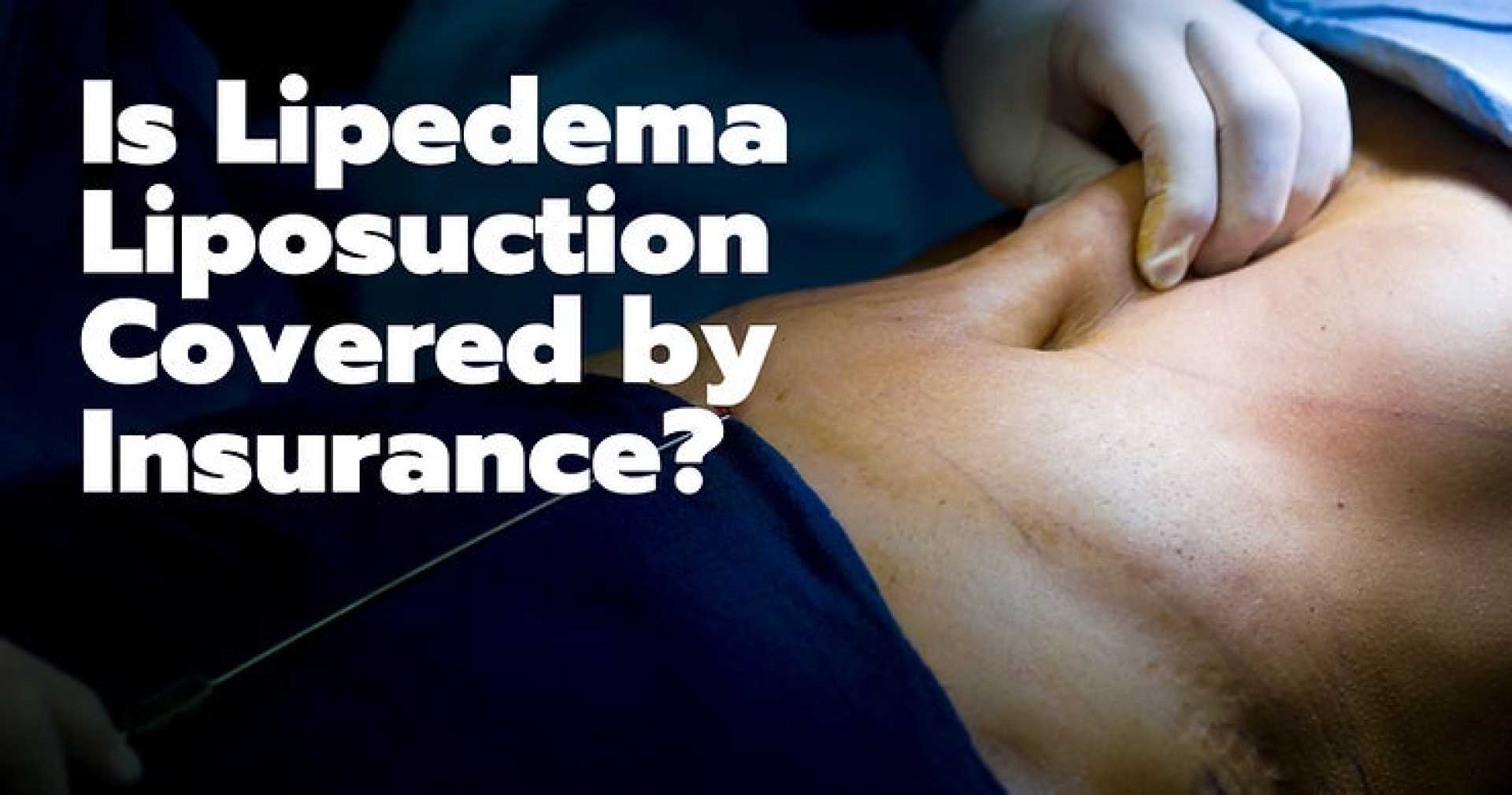Health
Lipedema Patients Face Legal Hurdles in Accessing Treatments

BRASILIA, Brazil — Lipedema, a chronic condition characterized by abnormal fat accumulation in the limbs, primarily affects women and remains underdiagnosed in Brazil. Despite being officially recognized by the International Classification of Diseases (CID-10) under code E88.2, patients encounter significant barriers to accessing necessary treatments due to a lack of awareness among medical professionals and the legal system.
Dr. Fábio Kamamoto, a national reference in lipedema treatment and founder of the Lipedema Institute in Brazil, emphasized the importance of a multidisciplinary approach in managing the condition. ‘Lipedema requires a comprehensive treatment plan to control symptoms and improve the quality of life for patients,’ he stated.
The Brazilian Constitution guarantees health as a fundamental right, obligating the state to provide equitable access to healthcare services. However, patients suffering from lipedema frequently face obstacles when seeking care, often leading to the need for legal action to secure treatment. According to health policy experts, many patients experience misunderstandings about the condition, resulting in delayed or inappropriate care.
Legal avenues exist for lipedema patients to assert their rights. Article 196 of the Brazilian Constitution highlights that health is a right for all, while the Unified Health System (SUS) is mandated to provide integral therapeutic support for chronic conditions like lipedema. However, the lack of specific treatment protocols often necessitates judicial intervention to access essential care.
Patients relying on private health plans must also navigate a complex legal landscape. The Brazilian Agency for Supplementary Health (ANS) regulates health insurance and mandates coverage for treatments classified under CID-10. Nevertheless, coverage denials frequently arise, particularly when prescribed treatments are not explicitly listed by the ANS, prompting patients to seek legal recourse.
The Consumer Defense Code (CDC) further backs patients, declaring that insurance companies may not impose inequitable contractual terms. Recent rulings by the Superior Court of Justice (STJ) reinforce that improper denial of coverage could also warrant damages for emotional distress.
Moreover, if lipedema leads to significant functional limitations, patients may qualify for disability assistance or pensions from the National Institute of Social Security (INSS). As declared in Article 42 of Law 8.213/1991, patients can seek support if their condition hinders their ability to work.
Dr. Kamamoto noted, ‘The legal recognition of lipedema not only highlights the medical community’s responsibility to address it but also emphasizes the obligation of employers to provide suitable work conditions for affected employees.’ As of May 2025, physical and psychological impacts of lipedema will be included in workplace risk assessments, further ensuring that employers take necessary precautions to protect their employees’ well-being.
In conclusion, patients with lipedema possess constitutionally guaranteed rights to healthcare and support, yet they often face systemic barriers to accessing appropriate treatments. Legal avenues remain critical for overcoming these challenges, as advocacy and informed legal representation are essential for securing necessary care. The ongoing public awareness and legal support for lipedema patients will contribute significantly to their quality of life and treatment accessibility in Brazil.












